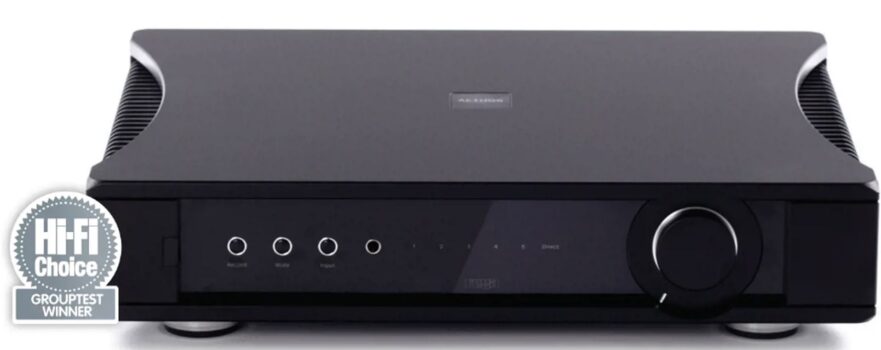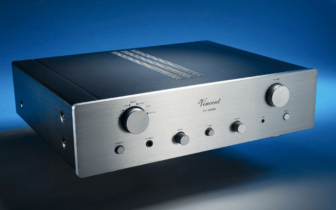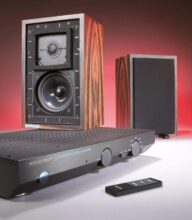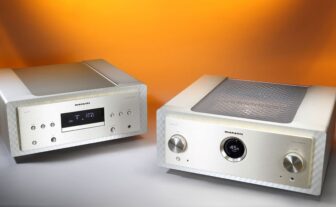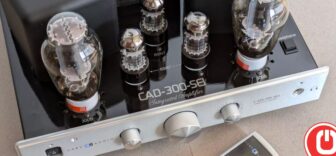- A detailed, powerful and highly beguiling sound
- There's no phono stage
- A Rega amplifier without a turntable input!?
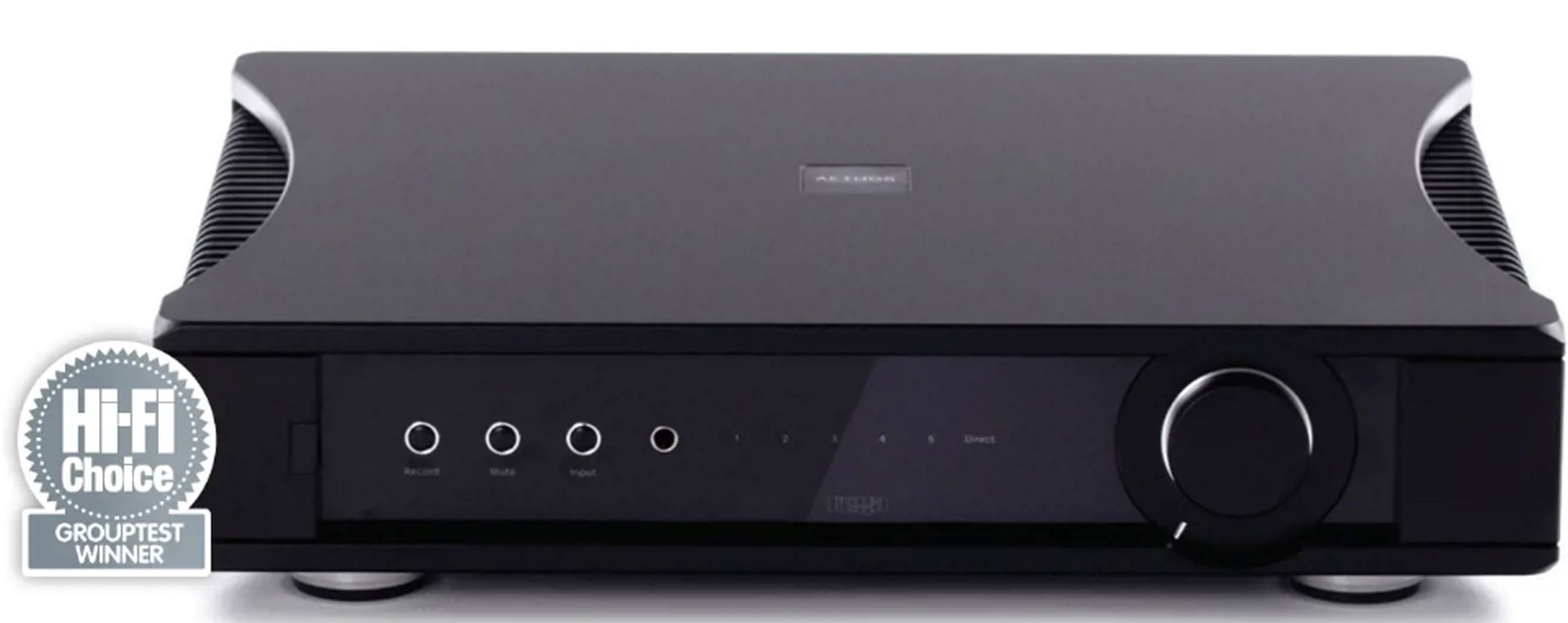
Who would have thought that a stripped-down, fully analog amplifier would make us drool? An amplifier without a DAC or streaming, or even a turntable input? Not me.
The modest Rega amplifier has a design that likely won’t make a big impression on anyone. It also costs quite a bit. And as long as you don’t only have analog audio sources like a CD player or a cassette deck—or as some people are into nowadays, a reel-to-reel tape player—you’ll need more boxes to connect a turntable. Not to mention if you want to stream music.
In other words, it’s easy to find arguments for not buying a Rega Aethos. But listen to it first, and those arguments might just fall apart.
Rega has really gone all-in with the Aethos, which was launched in late 2019 as their latest high-end amplifier. Only surpassed by the more than twice as expensive Rega Osiris. Aethos is positioned between the Rega Elicit-R (one of the best buys in its class) and the aforementioned Osiris. In the same price range, we find the Marantz PM-KI Ruby, McIntosh MA252, and Electrocompaniet ECI6D Mk II, all of which have more connections than the Aethos.
If you’re willing to pay quite a bit more, the Naim Supernait 3—with a turntable input—is another option. The new Hegel H390 also, as it includes a built-in DAC and streaming.
TURNTABLE INPUT IS EXCLUDED
It’s a bit strange that Rega, a company so big in the turntable market, has opted out of a turntable input. The Rega Brio-R, Elex-R, Elicit-R, and the new and tiny 10 all have inputs for MM cartridges. But not the flagship Osiris, and just like the Aethos, it has no phono input at all. According to Rega, this would have made the unit much more expensive, as it costs to create a good enough RIAA stage that both meets Rega’s quality requirements and doesn’t introduce noise.
They believe it’s better to opt for a separate RIAA stage in this class.
From Rega, that means the Aria with MM and MC inputs, or the Aura, which is our reference for RIAA stages with MC inputs.
CLASS A PREAMP
In the Aethos, Rega chose to use 160-watt Darlington output transistors from Sanken, providing 2 x 135 watts RMS at 8 ohms. The preamplifier circuit operates in pure Class A—without switching to minimize distortion—and is equipped with polypropylene capacitors powered by a fairly massive toroidal transformer.
The volume control stands out a bit, combining feedback with passive control, which adjusts both gain and feedback to regulate volume. According to Rega, this design provides better precision between channels and reduces noise and crosstalk.
The volume control itself comes from the top shelf at Alps (Blue Velvet RK27) combined with field-effect transistors from Linear Systems (LSK389).
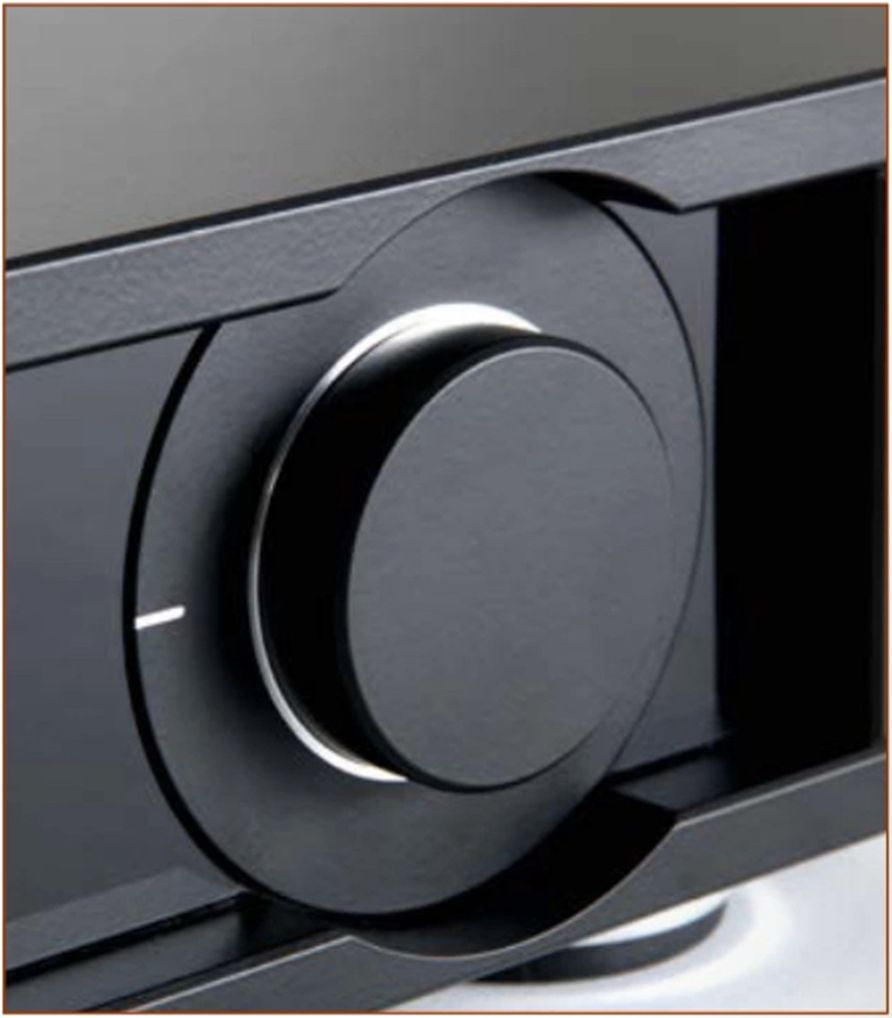
The relatively modest amplifier weighs a full 17.5 kg.
CONNECTIONS
The amplifier has five analog inputs, none of them balanced. Additionally, it has a direct input for a separate amplifier, output to a power amplifier (or subwoofer), and a loop for a cassette deck, DAT, or reel-to-reel player.
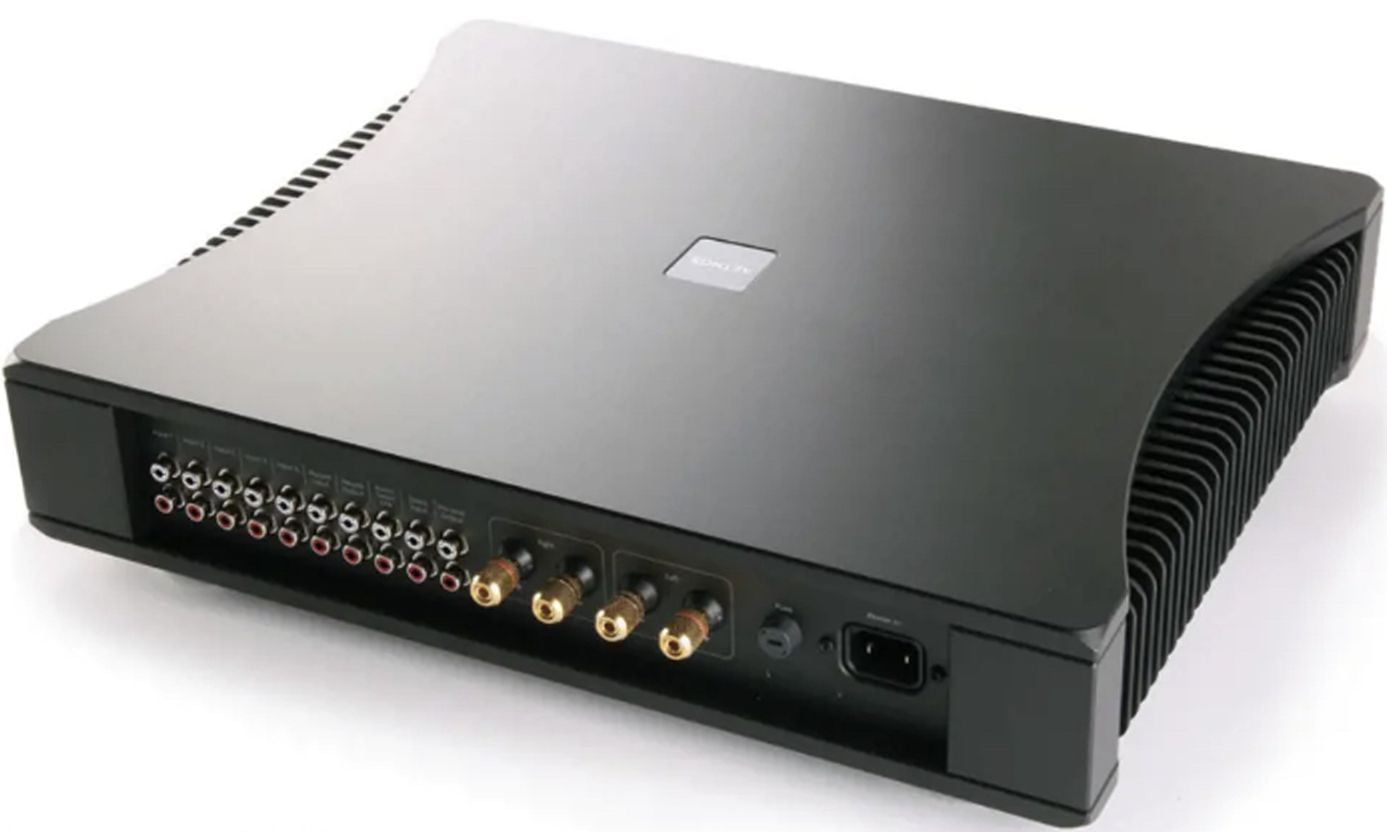
It also has a powerful headphone output, capable of driving most headphones with ease. Naturally, it comes with a remote control, which can also control other Rega products.
RHYTHMIC PERFECTION
Despite all this minimalism, the sound is incredibly entertaining. It’s very reminiscent of one of our favorites in much lower price ranges, the Rega Elicit-R, but it’s more powerful and dynamic.
It swings tremendously—almost “Naim-esque” if you will—but the Rega amplifier has better bass control than, for example, the Naim Uniti Star. It’s also a lot more fun than the McIntosh MA252, which sounds a bit restrained for a Mac. My thoughts drifted towards a cross between Hegel’s tight control and Naim’s exuberant joy of playing.
With our reference bookshelf speakers in the 50,000 kr class, the Audiovector R1 Arrete, it was full-on jazz club atmosphere with Carla Bley’s Big Band on the player. The small speakers’ bass drivers worked hard, and the drums thundered through the room with power and precision rarely heard in this price range.
The Rega amplifier creates a large soundstage with lots of depth and brings you closer to the stage than a McIntosh MA252. A quick comparison with the Hegel Röst showed how much better it can get with a better amplifier. With a pair of Audiovector SR3 Raw Surface, the Röst sounded tamer and more confined, but when I connected the Aethos, the rhythms exploded into the listening room. It was like getting the music right in your face. Fun!
But the Rega amplifier also has the ability to pull you into the music. The sound of the heavenly recording by Sondre Bratland and Iver Kleive from the Church of the Nativity in Bethlehem filled the room better than many surround systems I’ve heard. The rumbling of the organ made the floor vibrate under our feet, and the church hall’s acoustics thickened the listening room. Bratland’s magnificent vocals almost stopped time, and my head—and heart—were filled with the infinitely beautiful and heartfelt performance. It’s something I wish everyone could hear on a really good system.
The Aethos didn’t shy away either when I connected the fairly demanding Martin Logan Electromotion ESL X speakers. They have some tricky impedance variations that many amplifiers don’t appreciate. The Rega amplifier didn’t seem to care at all, bringing the live recording of Keith Jarrett’s trio and *Up For It* to life in the room, with beautiful tonal nuances from the piano, drum brushes on drumheads, and fingers gliding over bass strings.
The amplifier’s tonal balance leans toward the warm side, with a rich tonal foundation. At the same time, it has incredible dynamic control, more playful and not as tight as a Hegel H190, with better detail resolution and depth than a McIntosh MA252. The Naim Supernait 3 is perhaps the most interesting alternative to the Aethos, but it costs 10,000 kr more, and the question is whether everyone will think it’s worth the extra money after hearing the Rega Aethos. Even if you get a phono input for an MM cartridge with Naim.
Specification
PRODUCT Rega Aethos
0R1GIN UK
TYPE Integrated amplifier
WEIGHT 17.5kg
DIMENSIONS (WxHxD) 433 x 95 x 360mm
FEATURES
- Quoted power: 2x 125WRMS(8ohm)
- 5x RCAIineinputs; tape loop • 6.35mm headphone jack
DISTRIBUTOR Rega Research Ltd.
Power: 2 x 125 watts RMS at 8 ohms, 2 x 156 watts RMS at 6 ohms
Technology: Transistor, class A preamplifier
Connections: 5 unbalanced line inputs, pre-out, direct in
Turntable Input: No
Headphone Output: Yes
DAC: No
Network: No
Frequency Response: 20 – 20,000 Hz (-0.8/-0.5 dB)
THD: 0.007%
Signal-to-noise ratio: Not provided
Other: Remote control
Verdict
The Rega Aethos is one of those amplifiers that’s easy to overlook because it lacks a DAC, streaming, and a turntable input. But if that doesn’t bother you, the Aethos is one of the best-sounding integrated amplifiers we’ve tested. It’s sparklingly dynamic, highly refined, and the music flows so naturally and effortlessly that you forget it looks like surveillance equipment from the 70s East Germany. The Aethos is simply a damn fine-sounding amplifier. For us, that’s more than enough.
SOUND QUALITY 5/5
VALUE FOR MONEY 5/5
BUILD QUALITY 5/5
FEATURES 3/5
Overall 5/5

